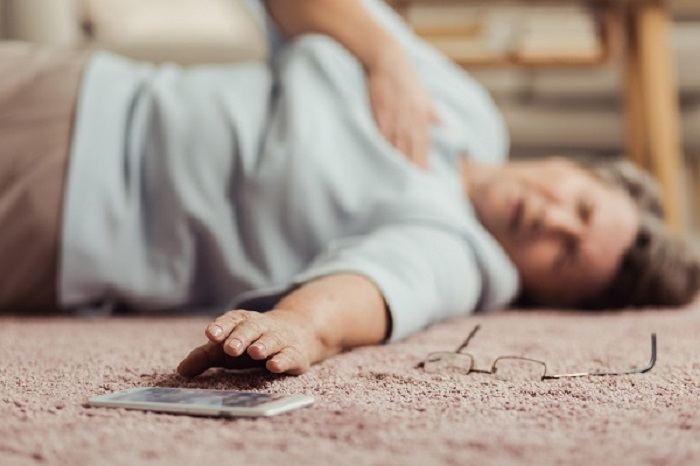A stroke occurring on the left side of the brain can have far – reaching and life – altering effects. Understanding these effects is crucial for patients, their families, and caregivers.
One of the most significant consequences of a left – side stroke is the impact on language and communication. The left hemisphere of the brain is often dominant for language in most people. After a left – side stroke, individuals may experience aphasia. This can range from mild to severe. In some cases, it’s expressive aphasia, where patients have difficulty speaking and forming words, even though they know what they want to say. They might struggle to find the right words or be able to construct a proper sentence. Others may have receptive aphasia, which means they have trouble understanding spoken or written language. Reading, following conversations, or even simple instructions can become a huge challenge. In more complex forms of aphasia, both expressive and receptive abilities are affected.
Left – side strokes can also lead to motor function issues on the right side of the body. This is because the left side of the brain controls the right side of the body. The muscles may become weak, making it difficult to move the arm, hand, leg, or foot. Coordination can be severely affected, leading to problems with activities such as walking, writing, or picking up objects. Some patients may experience paralysis, where they have no control over the affected muscles. This can have a major impact on daily life, from simple tasks like dressing and eating to more complex ones like driving or working.
Cognitive abilities can be significantly altered after a left – side stroke. There may be problems with attention, concentration, and memory. Short – term memory loss is common, which can make it hard to remember recent events, conversations, or tasks. Planning and organization skills may also be impaired. Patients might find it challenging to follow a sequence of steps, like cooking a meal or managing their finances. This can be frustrating for them and those around them, as it can affect their independence.
The emotional toll of a left – side stroke should not be underestimated. Many patients experience mood swings, depression, or anxiety. The sudden loss of abilities and the challenges they face in their daily lives can be overwhelming. The frustration of not being able to communicate effectively or perform tasks they once could can lead to a sense of helplessness. Additionally, changes in the brain’s chemistry due to the stroke can also contribute to these emotional and psychological changes.
Some left – side stroke survivors may have visual and spatial problems. This can include difficulty judging distances, recognizing objects, or perceiving the position of their body in space. For example, they might misjudge the height of a step and trip, or have trouble recognizing familiar faces. These visual – spatial deficits can further complicate their ability to move around safely and interact with their environment.
In conclusion, a left – side stroke has wide – ranging effects that touch on many aspects of a person’s life. Rehabilitation, support from family and friends, and appropriate medical care are essential in helping patients recover and adapt. By understanding these effects, we can better assist those affected by a left – side stroke and work towards improving their quality of life.
Read more
- Impact of Left-Side Stroke: Effects and Recovery
- Progesterone: A Potential Solution For Hot Flashes
- How To Aid Your Baby’s Sleep When They Have A Stuffy Nose


